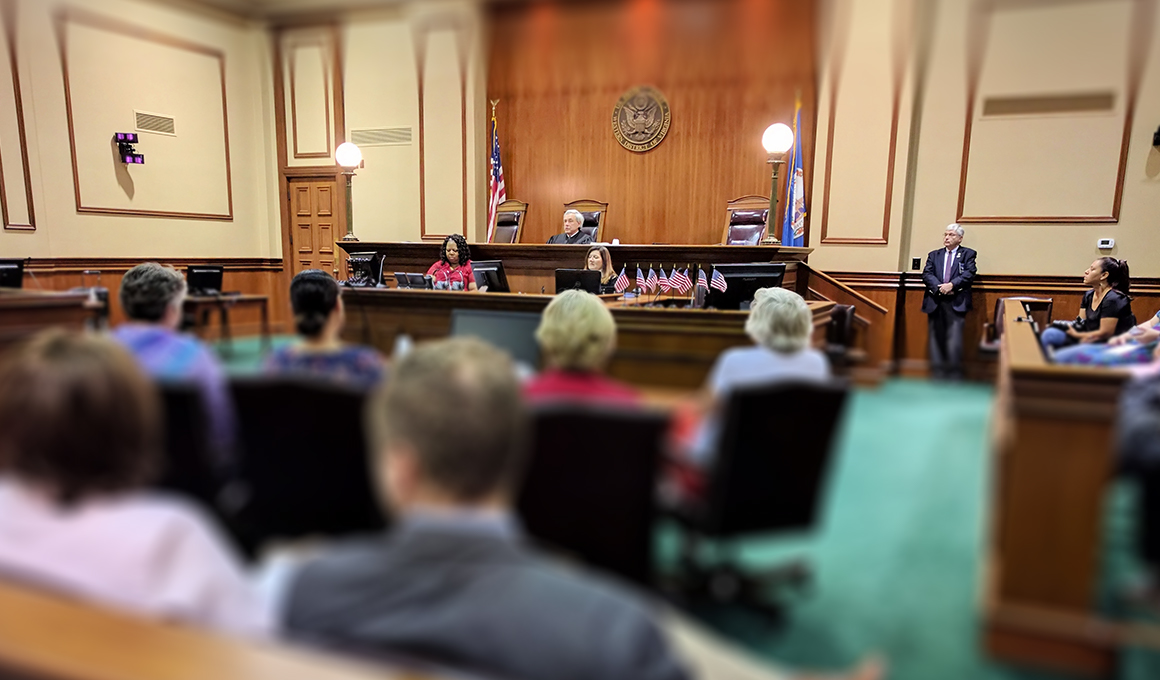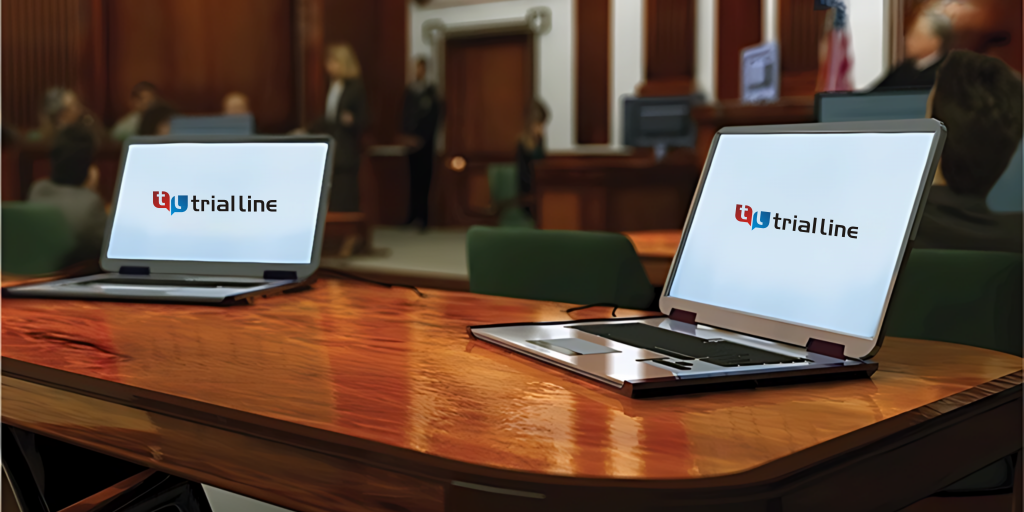Trial lawyers use custom trial presentations to support their cases.
Trial lawyers use custom trial presentations to support their cases.
Blog Article
How Trial Presentations Enhance Your Argument and Persuade Jurors
Trial discussions serve as a pivotal mechanism for enhancing lawful disagreements and encouraging jurors. The tactical usage of visuals not only clarifies complicated info however likewise captures jurors' attention extra efficiently than words alone.

Value of Aesthetic Help
Visual aids play a crucial role in boosting the performance of trial presentations, as they can substantially raise audience interaction and retention of info. In the context of a trial, where jurors are tasked with processing complex details, visual help serve to simplify and make clear bottom lines. Charts, graphs, and images can convey information and principles that may or else overwhelm or confuse jurors, enabling a more uncomplicated understanding of the evidence presented.
Moreover, aesthetic aids assist in maintaining juror focus throughout the proceedings. By damaging the dullness of spoken statement, these devices can punctuate important disagreements, making them extra unforgettable. Reliable aesthetic aids can likewise evoke psychological responses, which can be essential in convincing jurors to straighten with the presenter's story.

Crafting Compelling Stories
A compelling narrative is vital in test discussions, as it serves as the foundation of efficient persuasion. It allows attorneys to weave with each other truths, proof, and psychological aspects right into a systematic tale that reverberates with jurors. This narrative structure enables jurors to comprehend the intricacies of the case while leading them via the lawyer's argument.
To craft a compelling narrative, attorneys ought to concentrate on clarity and coherence. This involves establishing a clear protagonist-- frequently the client-- and detailing their journey through the events in question. Providing the truths in a sensible series enhances comprehension and maintains involvement. Furthermore, making use of vivid descriptions can produce mental images that assist jurors picture the occasions, making the story much more unforgettable.
In addition, incorporating vital motifs throughout the discussion enhances the core message and help in retention - trial presentations. The narrative should not just share info but also stimulate a feeling of justice, highlighting the risks included. Ultimately, a well-constructed story cultivates a link between the jurors and the situation, positioning the lawyer's disagreement as both legitimate and compelling, thus enhancing the likelihood of a favorable judgment

Engaging the Court Emotionally
Reliable court interaction pivots on the attorney's ability to link with jurors on a psychological degree. This connection can significantly influence jurors' understandings and their best decision-making. Using sob stories permits attorneys to humanize the instance, transforming abstract lawful concepts into relatable experiences. By presenting real-life tales or reviews, lawyers can evoke empathy and concern, promoting a much deeper understanding of the problems at stake.
Visual aids, such as photos or video clips, can further boost emotional engagement, supplying jurors with vivid representations of the situation's human components. Crafting a narrative that highlights the struggles and victories of the people included makes sure that jurors see beyond the legal disagreements and identify the human consequences of their choices.
Furthermore, tone and body language play an essential role in communicating feeling. A lawyer's read this enthusiastic distribution can resonate with jurors, enhancing their psychological investment in the situation. It's important to stabilize sob stories with factual evidence, making sure that jurors really feel forced to act while continuing to be based in the fact. Eventually, a mentally involved court is most likely to be convinced, making psychological connection an important element of efficient trial presentations.
Structuring Your Discussion

The body of the discussion ought to be realistically segmented right into crucial points, each supported by engaging proof. It is useful to use narration methods to weave facts into a story that jurors can quickly follow. Aesthetic help, such as graphes and videos, can boost comprehension and engagement, aiding to highlight vital pieces of proof.
Real-World Study
Checking out real-world instance studies gives invaluable insights into the art of test discussions and persuasion. The protection group efficiently used an approach that integrated high-profile expert testaments with multimedia discussions, which mesmerized jurors and inevitably affected their decision.
Another significant example is the "McDonald's Coffee Instance," where the complainant's lawyers made use of graphic pictures of the injuries suffered by Stella Liebeck. trial presentations. This plain visual proof played a vital role in conveying the extent of her burns, resulting in a significant court honor. Such situations show that impactful test presentations commonly rest on the effective combination of visuals and narration to stimulate emotional feedbacks from jurors
Additionally, the "Casey Anthony Test" highlighted the relevance of narrative coherence and reliability. The prosecution's failing to establish an engaging timeline reduced their persuasive power, highlighting the necessity of a well-structured presentation. Analyzing these cases reveals that successful trial discussions call for tactical planning, emotional engagement, and the capacity to reverberate with jurors' values and ideas.
Conclusion
Test presentations significantly boost debates and convince jurors via the critical use of visual help, compelling stories, and emotional involvement. site web A well-structured presentation equilibriums psychological appeals with factual proof, eventually resonating with jurors' values.
Report this page